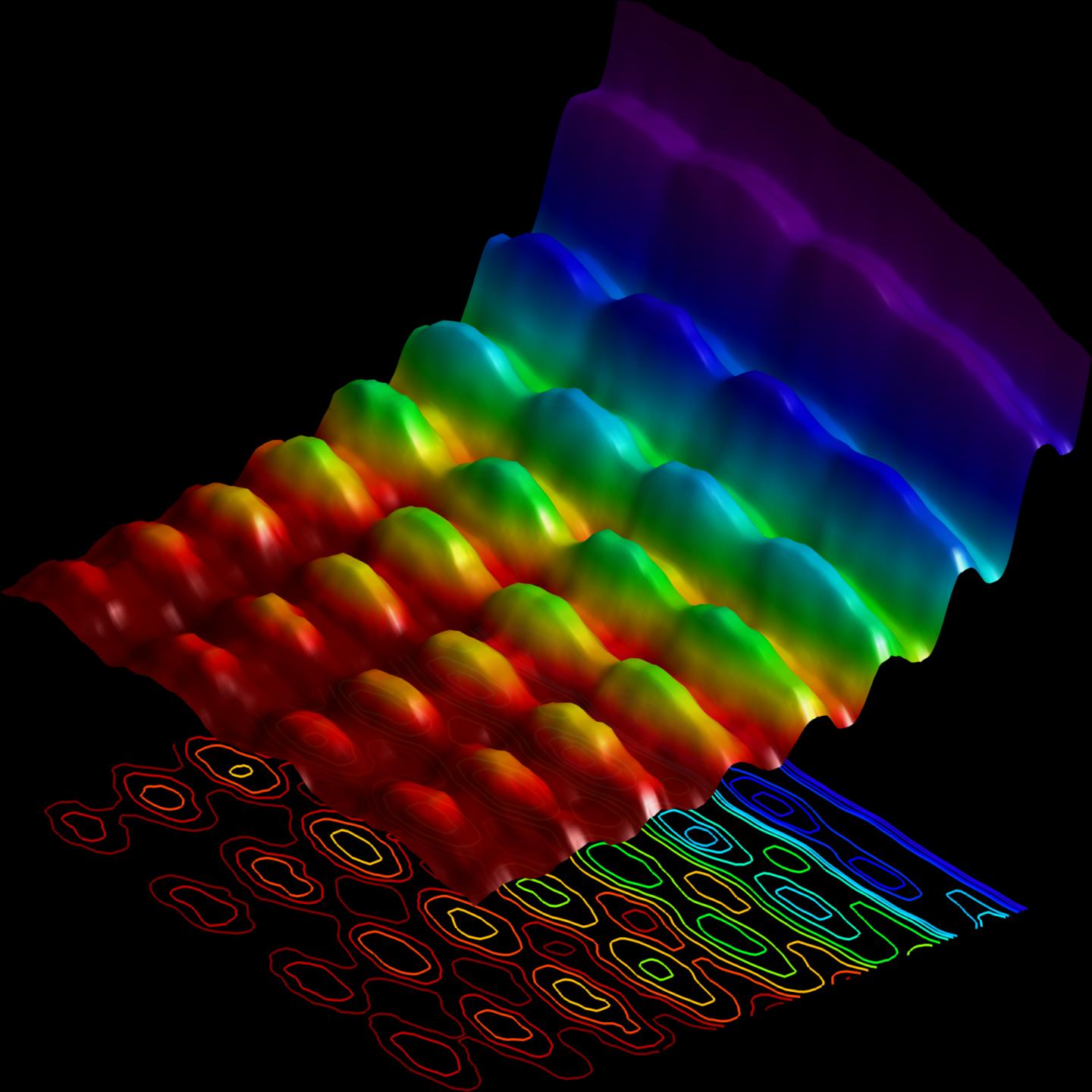“QBism”: The most radical interpretation of quantum mechanics ever

- Quantum mechanics, despite being the most powerful theory in physics, presents a complex picture that often defies common sense and is riddled with paradoxes.
- “QBism,” or “Quantum Bayesianism,” offers a radical interpretation of quantum physics, suggesting that quantum states are not objective realities.
- Instead, the interpretation posits that quantum states reflect our subjective understanding and interactions with the quantum world.
Quantum mechanics, the most potent theory physicists have developed, doesn’t make sense. What I mean by that statement is that quantum mechanics — which was developed to describe the microworld of molecules, atoms, and subatomic particles — leaves its users without a common-sense picture of what it describes. Full of what seem to be paradoxes and puzzles, quantum physics demands, for most scientists, an interpretation: a way of making sense of its mathematical formalism in terms of a concrete description of what exists in the world and how we interact with it. Unfortunately, after a century not one but a basketful of “quantum interpretations” have been proposed. Which one is correct? Which one most clearly understands what quantum physics has been trying to tell us these past 100 years?
In light of these questions, I’m beginning a series that explores the most radical of all the quantum interpretations, the one I think gets it right, or at least is pointed in the right direction. It is a relative newcomer to the scene, so you may not have heard of it. But it has been gaining a lot of attention recently because it doesn’t just ask us to reimagine how we view the science of atoms; it asks us to reimagine the process of science itself.
Welcome to the world of “QBism”
The term “QBism” was shorthand for “Quantum Bayesianism” when this idea/theory/interpretation was first proposed in the late 1990s and early 2000s. The name hit the nail on the head because “Bayesianism” is a radical way of interpreting probabilities. The Bayesianist approach to what we mean by probability differs strongly from what you learned in school about coin flips and dice rolls and how frequently a particular result can be expected to appear. Since probabilities lie at the heart of quantum mechanics, QBism zeroed in on a key aspect of quantum formalism — one that other interpretations had missed or swept under the rug — because it focused squarely on how we interpret probabilities. We’re going to dig deep into all of this as we go along in this series, but since today’s column is supposed to be the introduction, let’s start with a 10,000-foot view of what’s at stake in the great “Quantum Interpretation Wars” so we can see where QBism fits in.
The most radical departure that quantum physics makes from its classical physics predecessor is its treatment of what’s called “the state.” To be explicit, let’s think about a particle of matter. Classically, the particle’s state refers to its position and momentum (think “velocity”). In classical physics, we also have “dynamical” equations, like Newton’s laws, which describe how the particle’s position and momentum (the state) change with time. In this view, the state is considered to be a property that the particle has independent of anything else (like the person making measurements on the particle). Properties are self-existing and “objective.” In addition, classical physics says that particles can have exactly one state at any moment in time, and it’s only the dynamical equation that sets how that state changes. Objective states and the rule of dynamical equations are what classical physics is all about.
However, things are very different in quantum mechanics. Quantum states can be “superposed,” meaning a particle can have many values of position and momentum at the same time (like a coffee cup being in many places at one time). Worse, the quantum mechanical dynamical equation (called the Schrödinger equation) does not describe the particle for all time. Instead, it is exactly at the moment when a measurement is made that the Schrödinger equation gets a pink slip. At that moment, the state is determined not through the deterministic dynamical equation but through what’s called the Born rule and its specifications of probabilities for the different outcomes in the superposed state.
Many quantum interpretations have recoiled in horror from this situation. Their goal is to try to preserve the classical view where physics equations are kind of like “the thoughts in God’s mind.” These interpretations take an ontological view of the quantum state, including its superpositions. The quantum state is really real. It is “out there,” as a real thing in the real world, independent of us. But given the superpositions, there is a price to pay for this kind of ontological commitment: the addition of things into the Universe for which there is zero evidence, such as parallel universes splitting off every time a quantum measurement is made. Parallel universes sound cool for science-fiction movies, but really they’re an extravagant price to pay for holding on to the metaphysical preferences of classical physics.
A radical conclusion
QBism takes an entirely different stance. It looks at the changes that the inventors of quantum mechanics were forced to make and draws a truly radical but also radically level-headed conclusion: The quantum state, with its simultaneous superposed possibilities, is not something that exists out there by itself. A state is not something a particle “has” as a property, like the way a house has the property of being painted blue. Instead, quantum states are about our knowledge of the world. They are descriptions encoding our interactions with particles. QBism would say it’s not the particle’s state — it’s your state about the particle. QBism leads not with ontology — a story about what fundamentally exists independent of us — but with epistemology: a story about our information about the world. That change makes all the difference. By refusing to force an old philosophy that came prepackaged with classical physics to be retained no matter what the cost, QBism doesn’t have to force us to accept science-fiction stories about parallel realities (or other such unobservable “entities”) into science. Instead, QBism leads with experience. What, it asks, actually happens when human beings do quantum physics?
The answer QBism produces is as radical as it is mundane. By turning away from an impossible (and paradoxical) God’s-eye view of the Universe, QBism puts human beings squarely in the middle of the scientific enterprise. In this way, I believe, it “gets” what quantum mechanics has been trying to tell us since its invention a century ago. To do physics is not to gain some mythical and supreme perspective but to watch as subjects (people like you and me) gain knowledge about the world. What’s more, and what’s more exciting than that mythical supreme view, is that really understanding quantum mechanics means understanding how we and the world are always woven together as an inextricable whole. Unpacking that perspective is what’s at the heart of QBism’s ambitious research program, and it’s what we’ll be unpacking as this series progresses.
(Just a note: I’ll be filling out this series over the course of the next few months, so stay tuned!)




